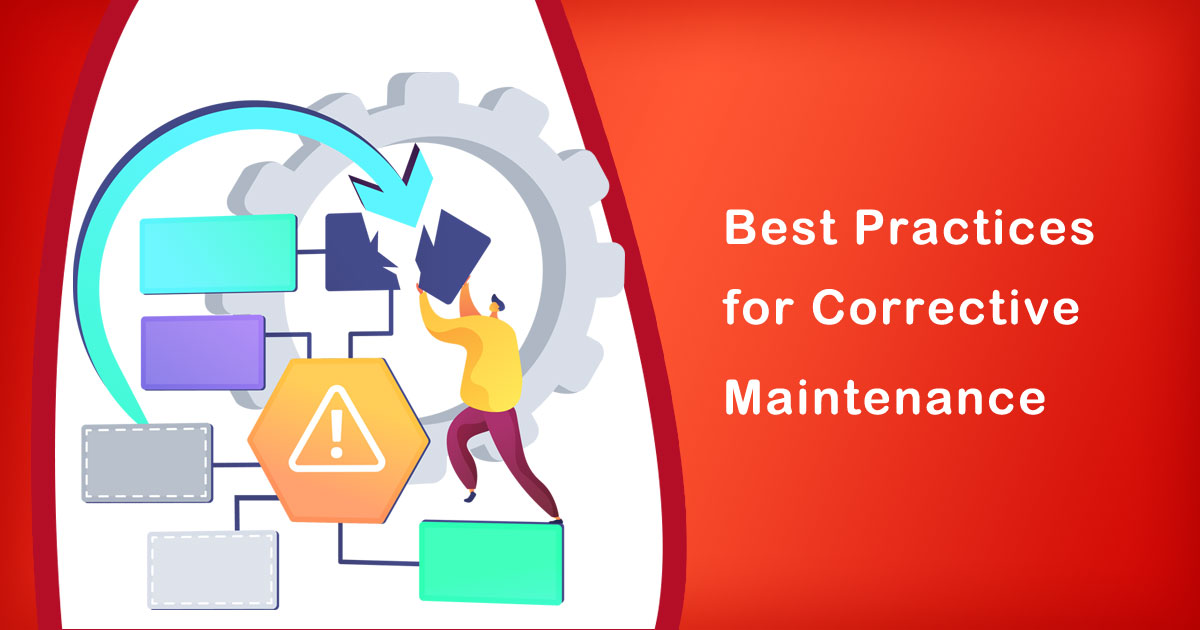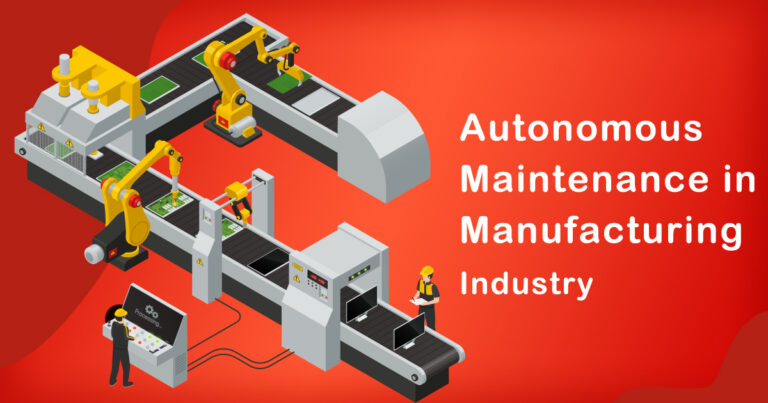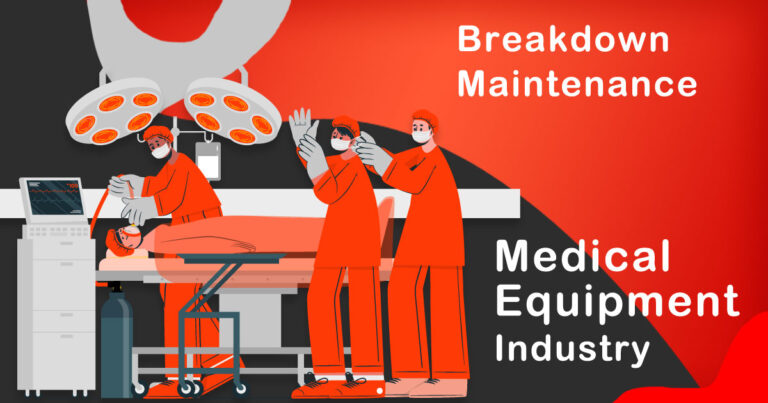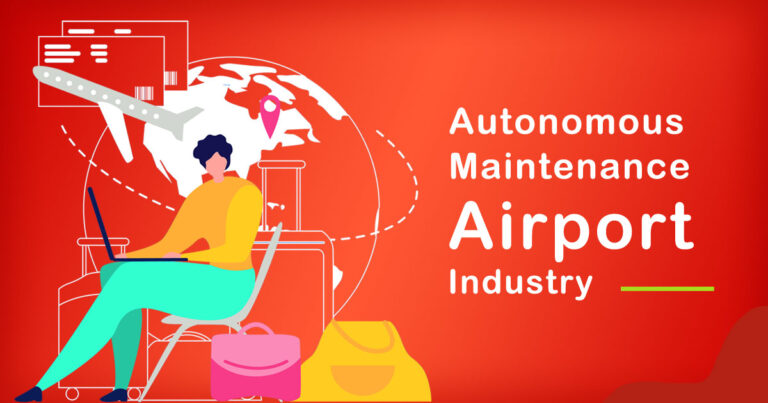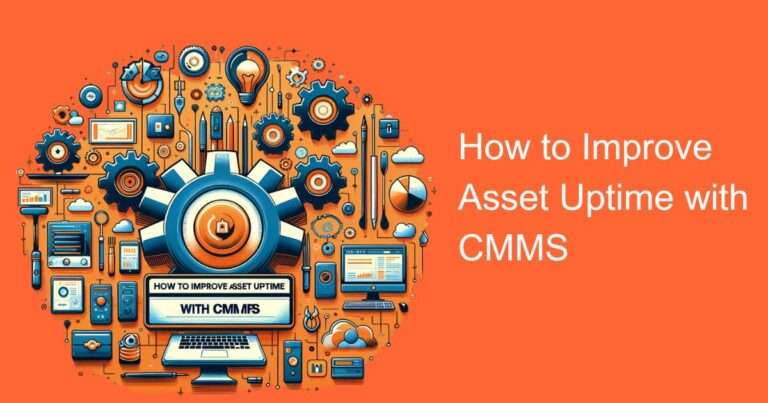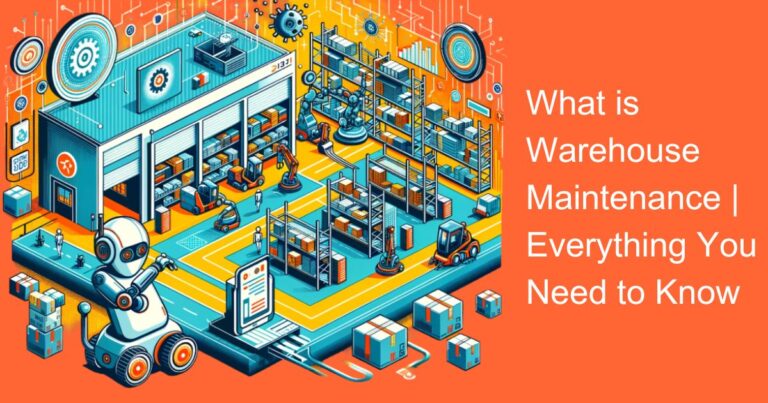Introduction:
Corrective maintenance is an essential part of the maintenance management process in India. It is a type of maintenance that focuses on repairing or replacing failed equipment, systems, or components. Corrective maintenance is performed after a failure has occurred, and its goal is to restore the equipment or system to its normal operating condition as quickly and efficiently as possible. In this blog, we will discuss the best practices for corrective maintenance in India.
The Importance of Corrective Maintenance in India:
Corrective maintenance is essential for ensuring the reliability, safety, and availability of equipment and systems in India. India is a developing country, and the country’s infrastructure is still in its early stages of development. India’s industries are growing, and there is a need for reliable and efficient equipment and systems to support this growth. In this scenario, corrective maintenance plays a crucial role in ensuring the continuous operation of equipment and systems.
Best Practices for Corrective Maintenance in India:
1. Define the Maintenance Strategy:
The first step in implementing an effective corrective maintenance program is to define the maintenance strategy. This strategy should include the type of maintenance required, the frequency of maintenance, the resources required, and the budget required for the maintenance.
2. Conduct Root Cause Analysis:
It is essential to conduct a root cause analysis after every failure to identify the underlying cause of the failure. This analysis will help in preventing future failures and improving the equipment’s reliability.
3. Develop Standard Operating Procedures (SOPs):
Developing standard operating procedures (SOPs) is crucial for ensuring consistency and reliability in corrective maintenance. These SOPs should include step-by-step instructions for carrying out maintenance tasks, safety procedures, and equipment-specific instructions.
4. Implement a Computerized Maintenance Management System (CMMS):
A computerized maintenance management system (CMMS) is a software tool that helps in managing maintenance activities. CMMS helps in scheduling maintenance tasks, tracking equipment performance, and maintaining an inventory of spare parts.
5. Train Maintenance Staff:
Training maintenance staff is essential for ensuring that they have the necessary skills and knowledge to carry out maintenance tasks efficiently and safely. This training should include equipment-specific training, safety training, and training on the maintenance procedures.
6. Monitor and Analyze Maintenance Data:
Monitoring and analyzing maintenance data is essential for identifying trends, predicting failures, and improving the maintenance program’s effectiveness. This data can be used to optimize maintenance schedules, improve equipment reliability, and reduce maintenance costs.
7. Develop a Culture of Continuous Improvement:
Developing a culture of continuous improvement is essential for ensuring the effectiveness and efficiency of the maintenance program. This culture should encourage feedback, analysis, and improvement of maintenance procedures and processes.
Conclusion:
In conclusion, corrective maintenance is an essential part of maintenance management in India. It plays a crucial role in ensuring the reliability, safety, and availability of equipment and systems. The best practices for corrective maintenance in India include defining the maintenance strategy, conducting root cause analysis, developing standard operating procedures, implementing a computerized maintenance management system, training maintenance staff, monitoring and analyzing maintenance data, and developing a culture of continuous improvement. Implementing these best practices will help in improving the efficiency and effectiveness of the corrective maintenance program in India.


